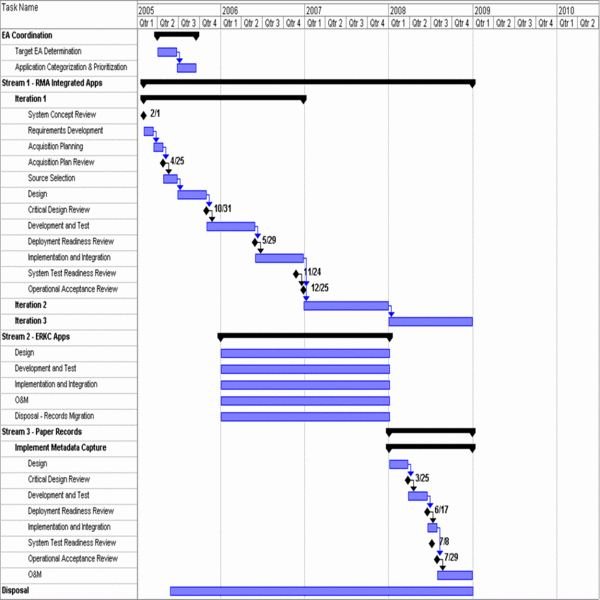Different roles in project management
Project Management is a Field With Many Roles
Project managers often have the most visible role within an organization for whatever project they’re working on, but a project can often involve hundreds of team members and other project management professionals, all of whom play an important role in bringing a projet to successful completion.
The succesful completion of large projects is often determined by the ability of everyone working on the project to effectively communicate and work together. The success or failure of a project is ultimately the responsiblity of the project manager, but they have a lot of people within their organization who can help the project be successful: portfolio managers, the project management office, project coordinators, the project sponsor and many more.
The Project Manager’s Role
Within the field of project management, there are many different positions and roles. The project manager is responsible for one or more projects that may be a part of a larger project portfolio. Project managers are responsible for planning, scheduling, resource tracking and project analysis.
The success or failure of an individual project rests on the shoulders of the project manager: if something goes wrong or the project’s completion date isn’t met, the project manager takes the blame.
- Project Manager Qualifications
- Core Responsibilities of a Project Manager
- General Functions of a Project Manager
- Leadership Principles for Project Managers
- The ‘Hidden’ Responsibilities of a Project Manager
Project Facilitators
Also known as project coordinators, these are individuals who help out with a project and work below a project manager. Project facilitators will often complete tasks such as paperwork, filing, communicating with team members, etc.
Many project facilitators are certified as Project Management Associates and are gaining the required amount of experience to become a certified Project Manager.
- Qualifications for Project Management Associates
- What Makes an Effective Project Facilitator?
- How a Kaizen Facilitator can Improve Openness
The Project Team
The project’s team is responsible for successfully completing the tasks that are assigned to them by the project manager. Project teams can be very large and require a lot of coordination in order to maintain efficiency. Team meetings are a common occurrence and help push the project along and keep everyone on the same page, meetings are often coordinated by Project Facilitators as described in the previous section.
Each member of the project team is a resource that can be assigned to the tasks set forth in the work breakdown structure, and resource management is the job of the project manager.
- <strong>The Characteristics of a Project Team</strong>
- How Project Teams are Organized
- The Project Team Charter
- Globally Distributed Project Teams
- The Belbin Model of Team Member Roles
- <strong>The Project Team’s Role in Controlling a Project</strong>
The Project Management Office
In large organizations with multiple project portfolios, the Project Management Office (PMO) plays a sizeable role in the project life cycle. The PMO keeps data and ’lessons learned’ on previous projects that are available to project managers. When a stakeholder needs certain questions answered, they are often referred to the PMO by the project manager which can give more appropriate answers.
- The Responsibilities of a Project Management Office
- The Role of the PMO in Project Audits
- <strong>PMO Knowledge Management Responsibilities</strong>
The Project Champion and Project Sponsor
Also known as the project sponsor, the project champion is the individual who pushed for the project to be chartered in the first place. The project champion first identified the business need for the project and can act as a liason between company executives and the project manager.
The project champion plays a similar role as a project facilitator, but on a higher level. The Project Champion will facilitate communication between the Project Manager and the executives/top-level of the organization. Project Champions are like the ambassadors between the project and the executives.
- Responsibilities of a Project Champion
- Roles of a Six Sigma Sponsor
- How Sponsors Can Bring Change to a Project
- How Sponsors Select Projects
Portfolio Managers
A portfolio is a collection of distinct projects that aim to meet organization objectives. These projects may all have different project managers and teams, but there may be some overlap, and in many cases the projects themselves share many related tasks.
Project portfolio management is important when individual projects are components of a much larger goal. Portfolio managers are responsible for streamlining projects and performing risk analysis.
- The Basics of Project Portfolio Management
- Portfolio Management vs. Project Management
- <strong>The Portfolio Management Process</strong>
Project Stakeholders
The Project Stakeholders are individuals who have a vested interest in the successful completion of the project. Investors, customers, clients and vendors/suppliers are all stakeholders and are an important part of the project life cycle. Identifying project stakeholders is a major part of any project, and they can have a profound impact on the progress and completion of the projects they are associated with.
References
- Image: Work Breakdown Structure FBI - Public Domain
